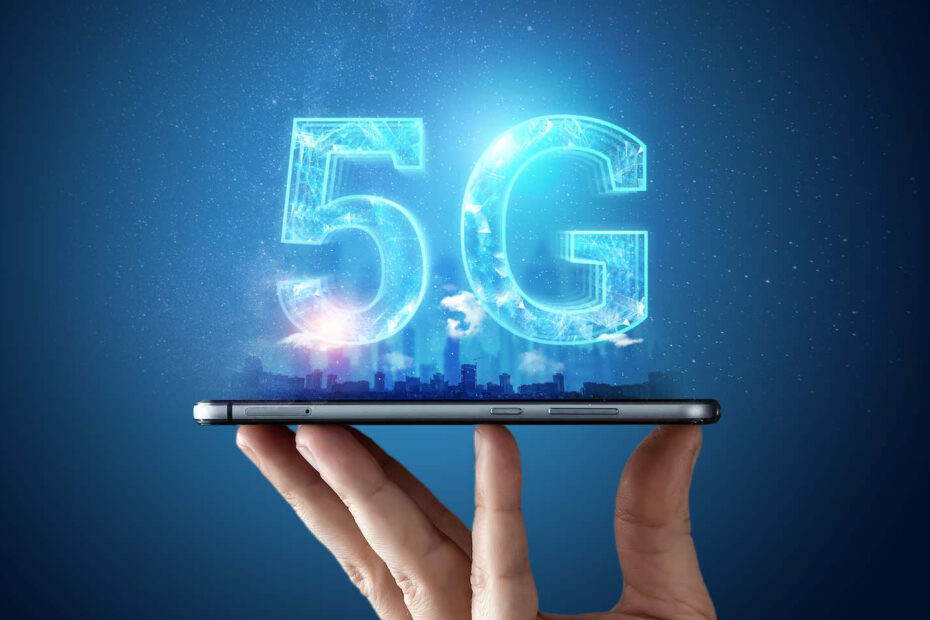Network slicing has many advantages, flexibility, simplified management, better performance, security and cost reduction, and its use is growing.
Network slicing is proving to be an important component of 5G, allowing carriers to partition their network into virtual slices that are independent of each other. This separation of the 5G network will allow enterprises to take advantage of end-to-end 5G WAN performance guarantees equivalent to the service level agreements available for MPLS.
Each fragment is optimized to meet the specific needs of applications according to the user group, which gives companies 3 main benefits:
Flexibility and customization
Network slicing allows carriers to customize the 5G network segment according to specific needs and constraints. Slices can be defined based on network attributes: speed, latency, or throughput as required by applications such as HD video, IoT, or virtual reality , etc. Enterprises can choose which network section to subscribe to for these applications.
Best operational efficiency
Network slicing allows you to optimize the management of network resources by slice to better track, control, and refine usage. For example, video applications are protected from the risks of congestion when targeted to a highly reliable, low-latency segment. The use of such a high-priority fragment provides an optimal experience in distributed sites, in vehicles, in IoT and in remote work environments.
Enhanced Security
Network slicing is an effective defense against attacks because slices can be isolated from each other and each slice can benefit from a specific access policy, which guarantees a much higher level of security against potential attacks.
Network segmentation reduces the attack surface, traffic from one slice cannot “intersect” or interact with traffic from another slice. In an IoT environment, this means that devices can be redirected to their own segment based on their unique use cases and security needs. If a threat were to infiltrate the network through one of these devices, the range of impact would be muted due to isolated boundaries.
Note that segmenting the network into segments optimized for specific use cases allows organizations to offer enhanced customer experiences.
Today there are already a number of use cases:
- Smart factories need to connect thousands of IoT devices. A dedicated 5G network segment can provide low-latency connectivity for machines, automation, voice and video communications.
- For example, in smart cities, security, healthcare, public facility monitoring, traffic and public transport management will be even better with a dedicated 5G network segment for low latency, high bandwidth connectivity .
- Medical institutions are increasingly using connected technologies such as IoT devices for remote patient monitoring and telemedicine robots. A dedicated 5G network segment can provide enhanced security for sensitive medical data.
- Transportation companies can use dedicated 5G network segments to provide real-time traffic information, monitor fuel levels and optimize maintenance operations, and improve road safety.
- Video game publishers can provide gamers with an immersive and incredibly smooth gaming experience using dedicated, high-speed, low-latency 5G network segments.
In conclusion, network slicing allows companies to customize their connections to suit their specific needs and constraints, improve operational efficiency, improve security, and empower their teams and customers.
Source: https://www.journaldunet.com/
